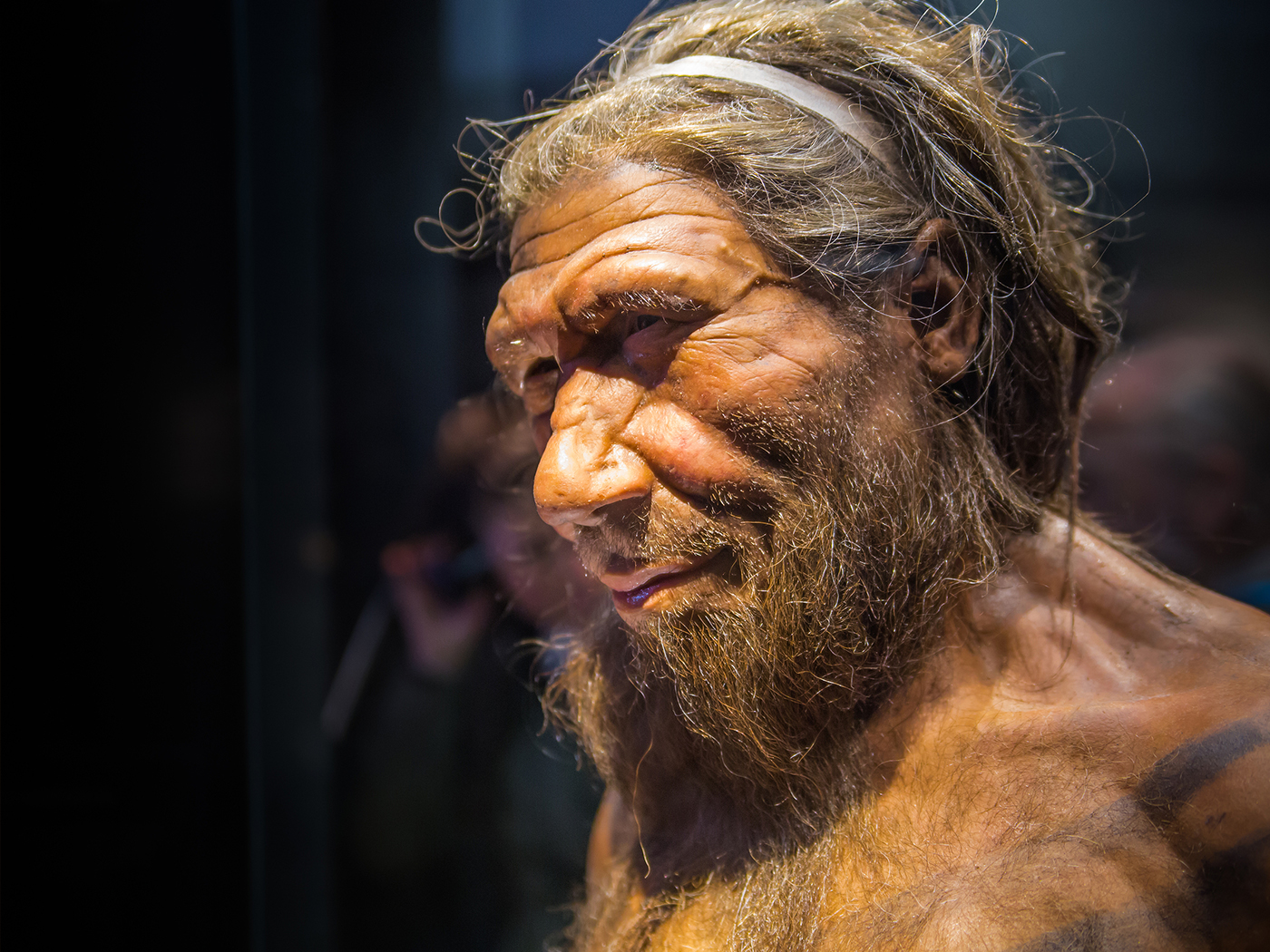Over a century ago, a fossil fish was extracted from an English coal mine. Evolutionists assigned an age of “319 million years” to the extinct bluegill-sized creature.
Recently, using CT (computerized tomography) technology, researchers found the fish (Coccocephalus wildi) had a well-preserved brain and cranial nerves that, together, are about an inch long, “The discovery opens a window into the neural anatomy and early evolution of the major group of fishes alive today.”1 Creation zoologists would be interested in the neural anatomy of this fish, but openly question how it could possibly elucidate the early evolution of extant fish.
Indeed, this finding is much like the recent discovery of Cladarosymblema narrienense, an “evolutionarily advanced” member of the group called the megalichthyids (“prehistoric” lobe-finned fishes) that supposedly had a brain that was adapted for life on land.2
A current article stated,
"Not only does this superficially unimpressive and small fossil show us the oldest example of a fossilized vertebrate brain, but it also shows that much of what we thought about brain evolution from living species alone will need reworking," [lead author and U-M doctoral student Rodrigo] Figueroa said.1
Evidently, the evolutionists were expecting a brain and associated cranial nerves that were somehow simpler because, after all, this fish was “319 million years old.” What they found instead was a 100% fish with the same level of neural sophistication as fish today.
Indeed, Nature magazine pointed out the following:
Coccocephalus indicates a more complicated pattern of brain evolution than suggested by living species alone, highlighting cladistian [phylogenetic systematics] apomorphies [evolutionarily advanced character state] and providing temporal constraints on the origin of traits uniting all extant ray-finned fishes.3
Translated, the authors are saying the Coccocephalus brain is unexpectedly as complex as fish brains are today.
Moreover, the preservation of this fossil is significant, almost like it was suddenly buried in catastrophic flood conditions.4
When the fish died, the soft tissues of its brain and cranial nerves were replaced during the fossilization process with a dense mineral that preserved, in exquisite detail, their three-dimensional structure. "An important conclusion is that these kinds of soft parts can be preserved, and they may be preserved in fossils that we've had for a long time—this is a fossil that's been known for over 100 years," said U-M paleontologist Matt Friedman, a senior author of the new study and director of the Museum of Paleontology.1
Later in the same article, even more evidence of a global flood is found:
When the fish died, scientists suspect it was quickly buried in sediments with little oxygen present. Such environments can slow the decomposition of soft body parts. In addition, a chemical micro-environment inside the skull's braincase may have helped to preserve the delicate brain tissues and to replace them with a dense mineral, possibly pyrite, Figueroa said.1
So, much of the fossil record—a record of death—and the catastrophic formation of a majority of earth’s geologic structures gives credence to the biblical Flood as a valid explanation. As previously mentioned, Coccocephalus was found in a coal bed. Creationists believe coal deposits are part of the Flood (e.g. the receding phase) that transported huge mats of tree and plant debris about 4,500 years ago.
What this discovery of a fossilized brain and cranial nerves shows is not documentation of “early evolution of the major group of fishes alive today”—but a 100% fish having a neurological system every bit as complex as living fish. The preservation indicates sudden and catastrophic burial not that long ago.
References
1. Science Writer. 319-million-year-old fish preserves the earliest fossilized brain of a backboned animal. Phys.org. Posted on phys.org February 1, 2023, accessed February 2, 2023.2. Sherwin, F. "Ancient" Fish Brain Evidence of Evolution? Creation Science Update. Posted on ICR.org January 20, 2022, accessed February 2, 2023.
3. Figueroa, R. et al. Exceptional fossil preservation and evolution of the ray-finned fish brain. Nature. Posted on nature.com February 1, 2023, accessed February 2, 2023.
4. Thomas, B. What does it take to fossilize a brain? Creation Science Update. Posted on ICR.org March 11, 2009, accessed February 2, 2023.
* Dr. Sherwin is science news writer at the Institute for Creation Research. He earned an M.A. in zoology from the University of Northern Colorado and received an Honorary Doctorate of Science from Pensacola Christian College.



















